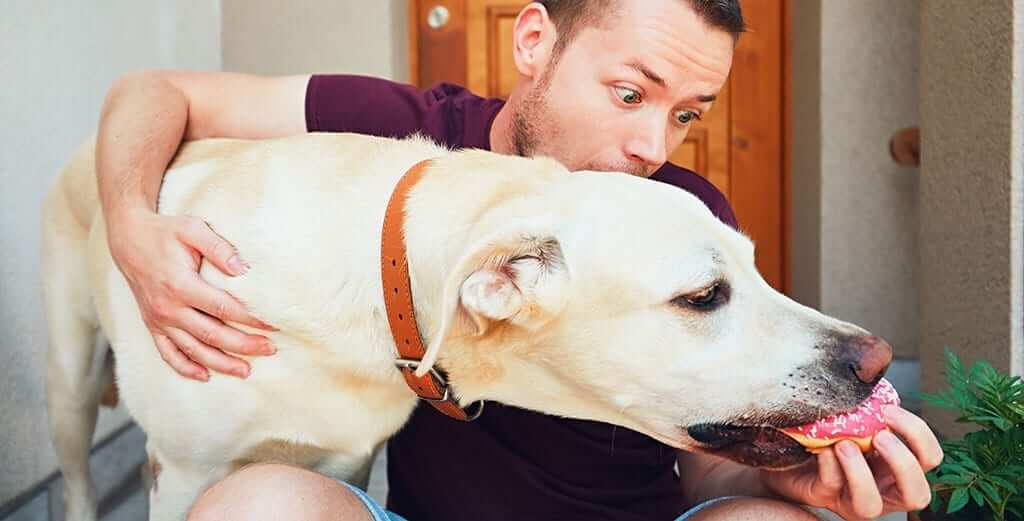I get some great questions from clients. They inspire me with article ideas and keep me in tune with diabetic pet owners. I enjoy interacting with our readers, and sometimes the questions are worthy of a newsletter. I bet if one person has this question and takes the time to write me, there are likely lots of folks with a similar question. Today’s question covers the common dog behavior of hiding their treats.
My dog has a habit of hiding bones around the house and having a bone dinner whenever she feels like it. Then she is finicky over her dinner. I usually half dose her when I am suspicious of this. Do bones (milk bones specifically) work like food? If I know she’s secretly eaten many hidden bones due to a “crumbs mess'” she has left behind, can I give a full dose of insulin?
This is a great question because it is such common dog behavior. First, let me consult my crystal ball… But wait! I don’t have one. I do, however, have a dog blood glucose meter.
One of my best recommendations for a well-regulated diabetic pet is consistency. Equal portions, equal calories, equal insulin dosages (about 12 hours apart) works great for the majority of diabetic pets if they are food motivated and routinely clean up their plate at mealtime. Of course we use periodic blood glucose curves to assess diabetes regulation and use spot checks if something doesn’t seem “normal”. Now, if someone is doing tight diabetic control for a diabetic cat with the goal of trying to get a kitty into diabetes remission or if a client has a routinely inapparent or hard to regulate diabetic pet, there is reason to take the blood glucose before each injection and adjust the insulin each dose for each injection. Nonetheless, consistency of equal portions and equal calories every 12 hours still makes it a lot easier to regulate any diabetic pet.
So if your pet is hiding food and thereby adjusting the amount of food she has eaten, I can’t tell you the “right” amount of insulin to give. But, this might be the best time to check her blood glucose to help you decide. Pets can be so expressive, but they can’t tell us just how much they ate if there are food stashes about the house. Even if they could tell us that they ate an extra treat or two or raided the cat food, would they?? Or would they lie about it…
Sometimes clients get frustrated about a pet doing something that is very natural for a pet to do. It’s part of pet ownership and understanding your dog’s breed or cat behavior in general. Something like hiding her treats is an adorable bit of long gone wild dog behavior, saving food for a rainy day. I respect that! Nonetheless, since she is diabetic and you are now her pancreas, it would be best to try to put an end to her hiding food for later snacks.
Years ago I had bosses who showed appreciation to the staff for working Saturdays by buying anyone who worked a bagel and coffee from a nearby restaurant each Saturday morning. My old lab always came to work with me. She was notorious for stealing the staff’s bagels. At first I was embarrassed when Mona randomly stole a fellow employee’s breakfast. After a few years of this I grew to be proud that she could occasionally outsmart the vet techs. They all knew not to leave food by the edge of the counter in our office. Here is another of my strongly held beliefs: We must have a sense of humor about our pets’ behavior – it’s us against them! We must try to be smarter than our pets.
Your current plan of giving half a dose if she doesn’t eat well is good in a pinch. Better yet, get a pet blood glucose meter so you can make an educated guess at the amount of insulin to give. Have a chat with her veterinarian to make a plan!
Have a question or comment? Then post below! I always enjoy hearing from my readers!
NOTE: Consult your veterinarian first to make sure my recommendations fit your pets special health needs.







Leave A Comment